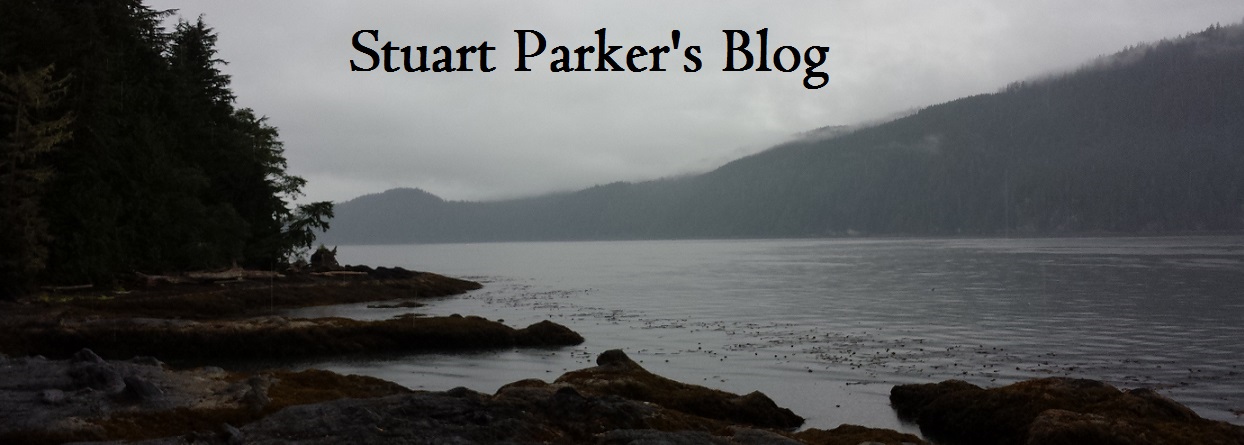I am a Canadian; I have been a Christian; I am a Marxist; I have been a Green. These forms of identity have something in common: they are concurrently descriptive and aspirational. In other words, they are descriptive of communities in multiple contradictory ways.
Each of these groups refers to a community that exists in the present day that has a variegated and complex historical track record. Canadians, as a people, have done some crappy things. We disenfranchised and forcibly re-educated indigenous people. We fought against liberalism and democracy in the American Revolution and War of 1812. We interned Japanese Canadians during the Second World War. We hanged Louis Riel and stamped out his movement. We turned away Jewish refugees trying to escape the Third Reich.
Even if one dodges some responsibility by taking refuge in the fact that the USSR, Warsaw Pact and Communist China can be described as “state capitalist” regimes or “dictatorships of the commissar class,” the fact is that, globally, Marxists have historically cheered for authoritarian regimes and looked the other way when Mao, Stalin, Deng, etc. committed unspeakable atrocities in the name of Marxism.
Christians, the oldest community I have been associated with have committed plenty of atrocities too, from the murderous ruthlessness of the Albigensian Crusade to Charlemagne’s massacres in the name of Christianizing Saxony to the conquest of the New World by the sword and the sanctification of African slavery based on the Church’s theory of “just war.” And then of course, there are the multi-generational pedophile grooming rings that have been given cover by a number of Christian denominations.
Even in their short history, the Green Party has, globally, done a number of shameful things from leading the charge to bomb Serbia with depleted uranium in the 1990s, to voting through massive fracking and fossil fuel increases during their three years in government here in BC, to the German Greens current support for the mass eviction of Bavarian villagers so that their villages can be turned into open pit coal mines right now.
But that is not the only way to define these communities.
Many people identify with these communities because they agree with the precepts laid down in their canonical texts. The New Testament, the Communist Manifesto, the Canadian Charter of Rights and Freedoms, Small is Beautiful: these are all great texts that describe a way of ordering society and solving moral questions that are compelling. Also, there are many great tributes to and interpretations of these texts, like the City of God and Imperialism is the Highest Stage of Capitalism, etc. Furthermore, there are great orators who have made compelling, inspiring speeches based on these communities’ principles; and then there are the communities themselves. There are lots of superb groups of people who congregate, meet and organize around these ideas even though their execution beyond the scale of a small group either never happens or goes terribly wrong.
But the most important way people identify as part of communities is based on what that community could be. “Make America great again,” the slogan of Ronald Reagan and Donald Trump epitomizes that ethos, that if one identifies, aspirationally with a community, it is not merely a way of experiencing loyalty, hope and solidarity. It is also a way of criticizing the errors your community is making in the present by describing a future that does not contain them. And this kind of loyalty as criticism appeals across all sorts of communities, whether it is Roman Catholic traditionalists praying for the conversion of the pope or Aaron Sorkin’s Newsroom lectureporn, “American isn’t the greatest country in the world anymore. But it could be.”
This last example, like “make American great again,” is also descriptive of another aspirational aspect of community identity, the idealization of a half-imagined past, or the presentation of a collage of past events that speak to the best angels of the community. While some of these curated pasts simply point to an ahistorical imaginary idyll, a self-congratulatory fiction under which a community chooses to bury the errors and atrocities of the past, not all such aspirational nostalgia is necessarily dishonest. Sometimes a community simply chooses to shine a spotlight on the moments in its history when it rose to the occasion over those that it failed to; as long as those moments of failure are not denied or blotted out. A community should focus on the moments when it overcame prejudice over those when it failed to; a community should focus on the moments when it made a shared sacrifice to achieve an important collective goal over the times it failed in those efforts.
A final aspect of aspirational identity that merits discussion is what I have termed “incarnational.” Based on the work of Mormon theologian and philosopher James Faucloner, I am using an idea I have previously used to argue against denunciations of “strategic voting.” It is an idea that resonates with my own experience of Pearsonian nationalism growing up as a CBC listener in the 1980s. Back then, I asserted that Canada only existed four hours a day, the four hours of every weekday you could hear Peter Gzowski hosing Morningside on CBC Radio, that Canada only seemed real, only truly existed while Gzowski was describing it; without his voice announcing it into being, it was little more than a legal fiction.
When it comes to any successful big, shared idea of community, one way of understanding being a Canadian, a Marxist, a Christian is that these communities do not exist at all points in space-time or even most; they only exist when they are being ritually celebrated, that one is only Canadian when one is singing O Canada, or celebrating Canada Day, cheering on some CFL team in the Grey Cup, that there is no global Marxist community except on May Day or at a communist meeting or on a pilgrimage to Havana, that Christ’s self-sacrifice, as Faulconer’s argument originally went, is real, not in the historical sense but instead, wherever in space-time the Eucharist is enacted.
It is my view that, of the five different ways we can be part of and assert the existence of big communities with broad membership, communities that have made and will continue to make lots of mistakes, by virtue of their breadth and complexity, the incarnational is most underrated in importance. In other words, much of the work and experience of a nationalism, a world religion a political movement of millions, are the moments of celebration and mutual recognition that occur within it. And the main way to judge whether these movements are pro-social is not to examine their grandiose plans for the future or the trail of mistakes stretching behind them into the past but instead to just how they are shaping the relationships of those participating in them in the present.
It is very clear that the nationalism of Justin Trudeau and the White Consciousness Movement, at this moment, in this country is making all of us into worse people, more isolated, more suspicious, more divided, more alienated, more disconnected, angrier and more confused. We need to fashion a way of being Canadians that functions as a countervailing force, that is collaborative, genuinely welcoming and inclusive, less hierarchical, more participatory.
I was inspired to put off my article about the Waffle movement and publish this because of an experience I had this weekend, attending the convention of the BC Conservative Party. Although I came away from the experience convinced that I am not a conservative and that, while I have many allies and friends among conservatives, they are not my tribe. Nevertheless, the weekend began with a simple yet profound experience: they began the convention not with a land acknowledgement but with the singing of O Canada.
First of all, the irony was not lost on me of a group of mostly rural Anglo Canadian social conservatives in the West belting out an anthem their movement had opposed replacing God Save the Queen, as atheistic, anti-monarchy social engineering by the liberals of the Laurentian elite half a century ago.
But more importantly, it felt so different than a land acknowledgement, which is an inherently hierarchical act of intermediation. A single individual stands at the centre of the room acting as an intermediating officiant in the relationship between an indigenous nation and a group of meeting attendees. Like a Roman Catholic priest administering the Eucharist, the land acknowledger has a hierarchical relationship to the crowd and an immaterial relationship to the nation (not just the nation in the present but concurrently through all of space-time). And its job is to emphasize the distance the acknowledger is covering and the incommensurability of the realities and communities on either side.
The Tory meeting opener, on the hand, was also easily comparable to a religious ritual, in this case more like a Quaker meeting or a small Pentecostal congregation breaking into an acapella hymn, everyone belting out the words slightly off-key from everyone else, slightly out-of-sync but all making a big, joyful noise together. That ritual was about building connection, sharing experience, dismantling hierarchy, reminding people they were starting with common ground, common knowledge.
The ephemeral effect of this was very important, as the room was full of long-simmering resentments and novel suspicions as new people came into the organization, occupying and contesting space, creating new upsets and confusion. But it really did appear that the anthem helped, as individuals being pushed out of leadership positions or forced to share them with new recruits took time present these occurrences as things they had long desired and the fulfilment of their past work and dedication.
And I cannot help but contrast this to how a meeting or a training session goes after a land acknowledgement, how co-workers behave after being forced to do a “privilege walk” to show how socially distant they supposedly are from one another.
It is my view that this imagined community we call Canada and the people with whom we share it will treat us better if we go back to celebrating it and them, if we return to symbols and celebrations that are as broadly shared and universally recognized as possible. Doing that will not change who Canadians have been; it will not make our national project seem any clearer or less absurd; it will not heal all wounds or solve all problems. But I do believe that the Canada we ritually enact, the Canada in which we live in the present and the future Canada we aspire to be will get better.
I am not simply saying that Canada is more than its past; in my view, it must be.

